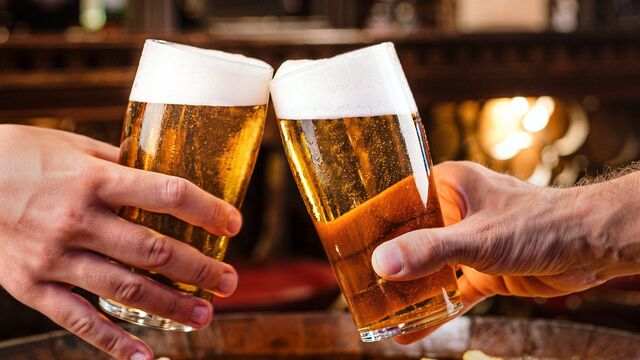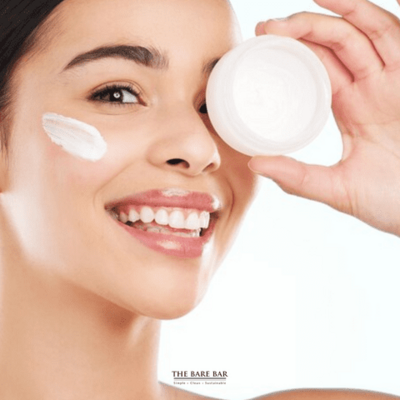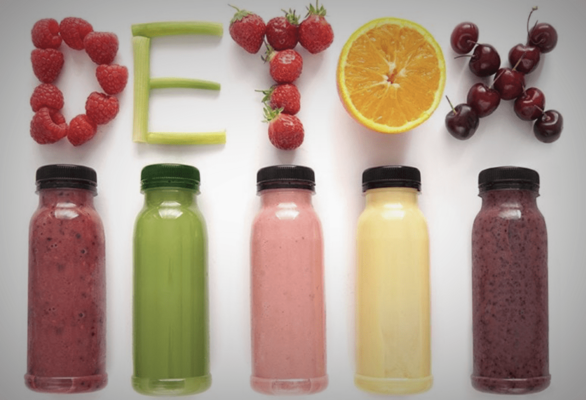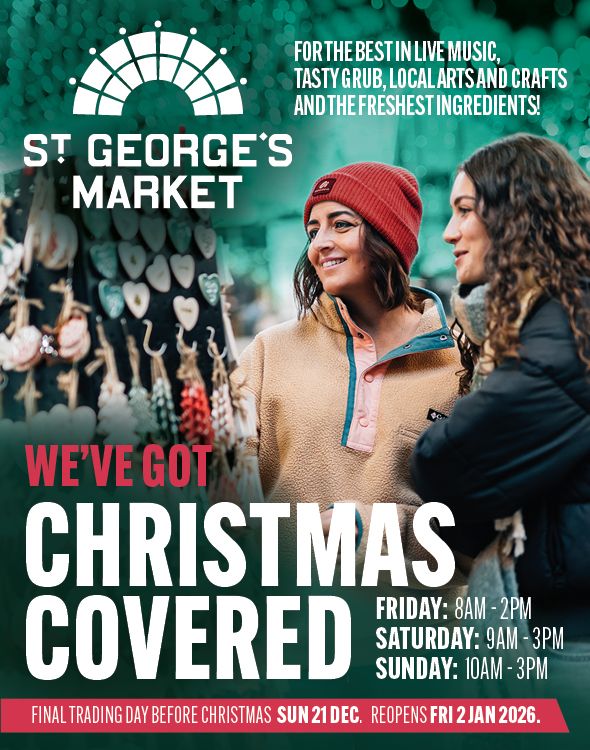NUTRITIONAL labels give you the information you need to understand which products are the healthiest. By checking the label each time you buy something, you will take more control of your shopping and eating habits.
It is mandatory for nutrition information to be displayed on the back of all food packaging. But some supermarkets and food manufacturers also display nutritional information on the front of pre-packed food in a handy traffic light system.
This traffic light system uses Red, Amber and Green colour coding to show if the product has high, medium or low amounts of fat, saturated fat, sugars and salt. Red means high, Amber means medium and Green means low. Try and go for as much Green- and Amber-labelled products as you can. If you go for Red-labelled products all or most of the time this means you could be taking too much saturated fat, salt or sugar.
Too much saturated fat (above 20g per day for female and 30g for male) can increase cholesterol, which is a risk factor for heart disease. Too much salt (above 6g per day) could potentially cause high blood pressure and too much free sugar (the type added to foods) could lead to tooth decay and weight gain.
The numbers for saturated fat (20-30g), salt (6g) and free sugars (30g) should also be taken into consideration when not just using the traffic light system, but for food labels with no traffic lights too. So, you’ll need to read the label to keep you right as you won’t see traffic lights on all food labels as it is voluntary and not mandatory in our food chain.
•Lee McCusker (BA; MSc; MSc; MSc; ANutr; SENr) is a registered nutritionist from Belfast and can be found on Facebook, Instagram and Twitter. Email: attentive nutrition@gmail.com








